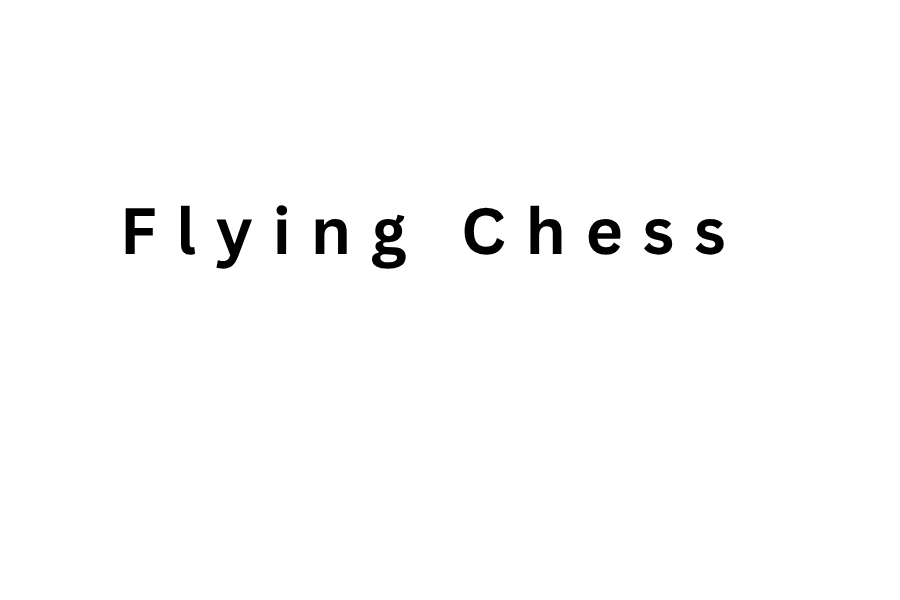Flying Chess Online game Guide and Review
Flying Chess, also known as Aeroplane Chess or Ludo Plane, is a timeless board game that continues to capture the imagination of children and adults alike. Based on strategy, luck, and a dash of rivalry, Flying Chess is more than just a colorful board with dice—it is a lively game of suspense, tactical decisions, and exciting comebacks. This article offers a detailed review of Flying Chess and provides a comprehensive guide for both beginners and seasoned players to master the game.
What Is Flying Chess?
Flying Chess is a multiplayer board game that typically involves two to four players. Each player has four planes of the same color, and the goal is to be the first to move all four planes from the base to the center of the board, also known as the “home” or “destination.” The journey involves a circular path full of strategic opportunities, short cuts, and the potential to send opponents’ planes back to base.
Originally developed in China, Flying Chess has gained popularity worldwide due to its simple rules, bright design, and fun dynamics. It combines elements of luck (through dice rolling) and strategy (when deciding whether to move a particular plane or wait).
Game Components
A standard Flying Chess set includes:
- A square board with four colored paths (usually red, blue, yellow, green)
- Six-sided dice (often a single die)
- Four plastic or wooden planes per player
- A designated base, take-off track, main track, and center home area
The board layout resembles a cross, where each colored path starts from a corner and leads to the center.
Basic Rules and How to Play
Each player rolls the die to move their planes forward. Here’s a simple breakdown of how to play Flying Chess:
- Take-off Rule: A player needs to roll a six to move a plane from the base to the starting point of their path.
- Rolling a Six: If a player rolls a six, they get an extra turn. However, if they roll three consecutive sixes, their turn is forfeited.
- Moving Planes: Once a plane is on the track, the number rolled on the die determines how many spaces it moves forward.
- Kicking Opponents: If your plane lands on a square already occupied by an opponent’s plane, the opponent’s plane is sent back to base.
- Shortcuts: Special colored squares allow players to “fly” over segments of the path, enabling faster movement if landed on precisely.
- Reaching Home: Once a plane completes the round on the track and enters its final colored path, it must land exactly on the final square. A player must roll the exact number to finish.
The first player to get all four planes into the center wins the game.
Why Flying Chess Is So Addictive
Flying Chess strikes a perfect balance between luck and strategy. The dice rolling keeps every turn exciting and unpredictable, while players must make smart decisions about which plane to move or when to strike an opponent. The possibility of sudden turnarounds, fast flights, and lucky rolls keeps players engaged until the final move.
The game is fast-paced, often lasting 20 to 45 minutes, and is accessible to players as young as five years old. The colorful design, simple mechanics, and moments of suspense make it a hit among families, friends, and even classroom settings.
Variations and Modern Versions
While the classic version remains the most played, Flying Chess has seen multiple digital and themed adaptations. Mobile versions of the game are now available on platforms like iOS and Android, often featuring animated planes, sound effects, and online multiplayer modes.
There are also board sets with added rules, including power-up tiles, double dice rolls, and team play, which bring new twists to the original formula. Some versions include air traffic obstacles or dual-lane boards for advanced strategy.
Flying Chess Strategies to Win
While much of Flying Chess relies on the luck of the dice, several strategic tips can improve your chances of winning:
- Prioritize Take-off: Get all your planes out of the base as early as possible to increase your chances of movement and attacking.
- Use the Six Wisely: When you roll a six, think about whether it’s better to launch a new plane or advance an existing one.
- Target Opponents: Always be alert for opportunities to kick opponents’ planes. Sending them back to base gives you a significant edge.
- Position for Shortcuts: Try to land exactly on shortcut tiles to leap ahead of others. Memorizing these squares can help plan your moves.
- Defensive Positioning: Avoid ending your move on a square that places your plane within striking range of an opponent’s plane.
- Manage Multiple Planes: Spread your planes across the board to maximize your options and reduce the risk of all getting kicked.
Flying Chess for Education and Bonding
Aside from entertainment, Flying Chess promotes valuable life skills like patience, planning, counting, and sportsmanship. It is especially effective for young children learning basic arithmetic or turn-taking. The game also encourages family bonding and social interaction, making it an ideal pick for game nights.
Teachers and educators have even used Flying Chess as a classroom activity to enhance student engagement. Some versions are integrated with math or vocabulary learning for additional educational value.
Conclusion
Flying Chess remains a cherished board game that brings joy, laughter, and excitement to players of all ages. With easy-to-learn rules and endless surprises, it’s no wonder Flying Chess continues to soar in popularity. Whether you’re playing the traditional board game with family or challenging strangers in an online app, the thrill of seeing your plane fly past opponents never gets old.
If you’re looking for a game that blends luck, strategy, and nostalgia, Flying Chess is a perfect choice. Dust off your board or download a digital version, invite some friends, and prepare for takeoff.






